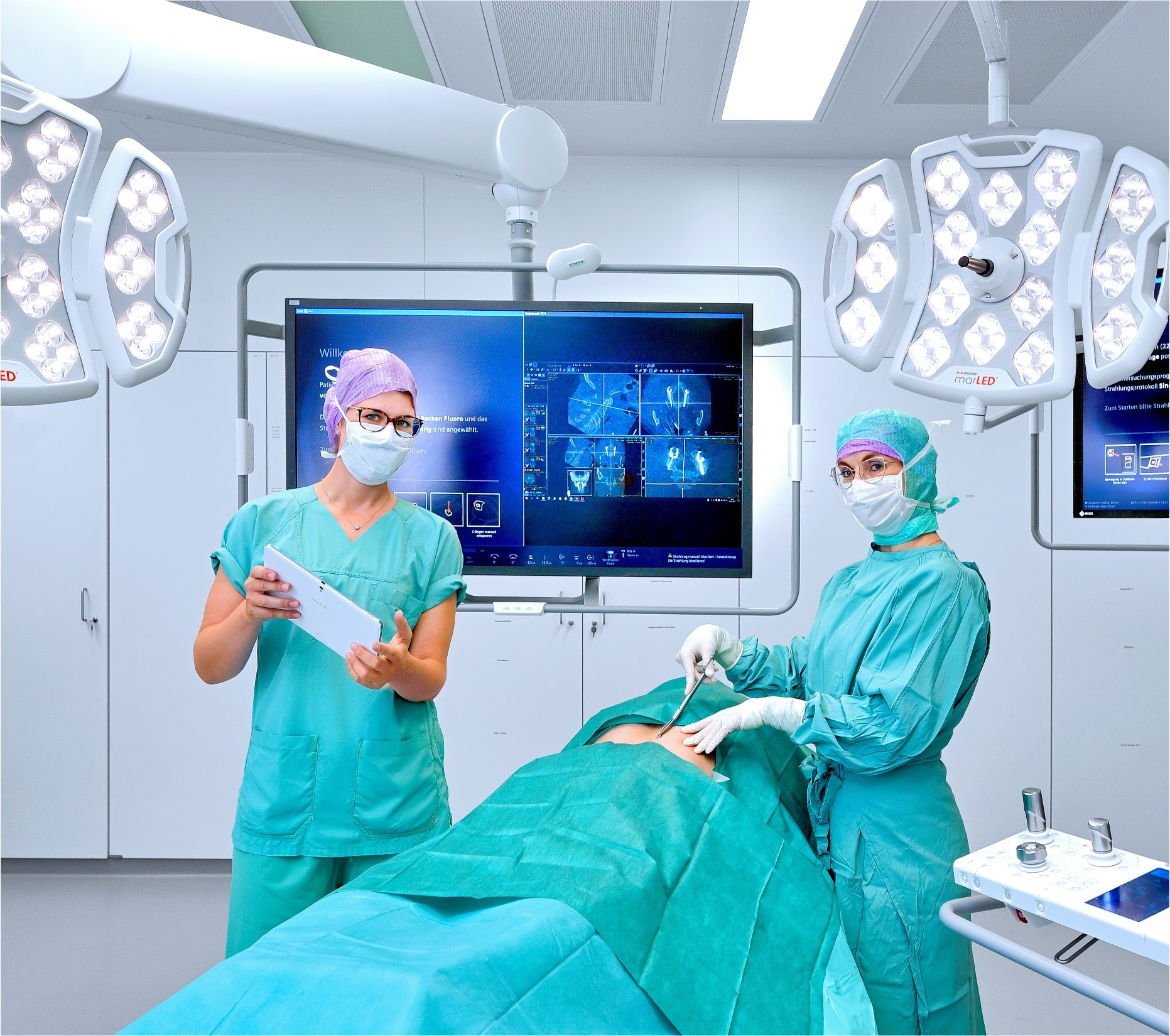In-vivo measurement of human spinal load conditions is currently difficult to determine by applicable methods. But knowledge about the changes in stress distribution are of high clinical importance as changes may lead to pathological local peak loading resulting in an overuse of anatomical structures, adaption and pathological transformation of the spinal integrity. A biomechanical viscous circle is induced that leads to overuse damage and preliminary degeneration that is negatively correlated with patients’ health-related quality of life (HRQOL).
In order to detect un-physiological load patterns at an early stage following surgical spinal interventions, a suitable monitoring method and a function-integrated, individually adapted implant (i³) will be developed within the project. The system will enable to measure localized segmental loading at any stage following surgery, in particular the healing-dependent course of spinal column stresses on the implant.


